PCB Design for Manufacturability: 7 Best Practices
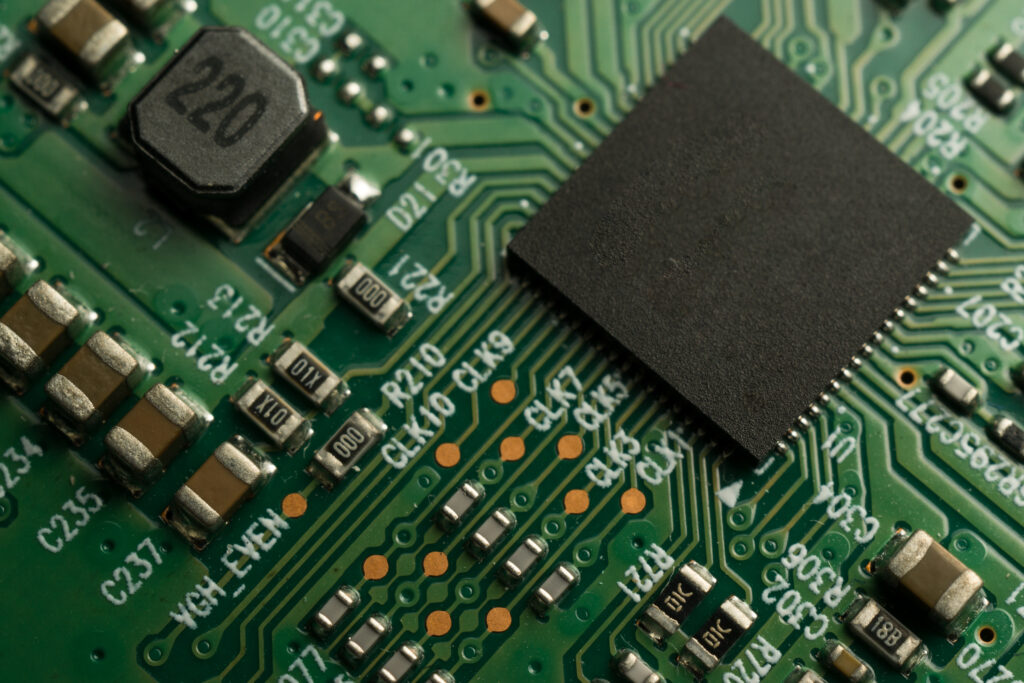
An effective design for manufacturability (DFM) process is essential to the on-time delivery of reliable printed circuit boards. When engineers align PCB layout and design rules with real-world production capabilities, teams avoid delays, reduce costs, and improve build consistency. These seven engineering practices help ensure your PCB design moves efficiently from prototype to board assembly. […]
Military PCB Assembly: Design Guide
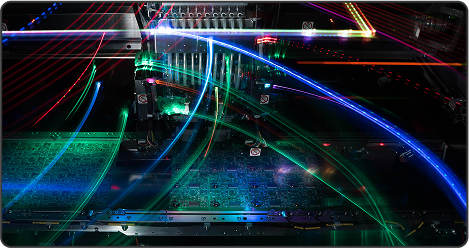
Making printed circuit boards (PCBs) for military and aerospace use cases is different from creating boards for everyday gadgets. In these high-stakes fields, the boards are responsible for critical systems like avionics, radar, and satellite communications. Precision is therefore key, and each board must be tough enough to withstand demanding conditions. Effective military PCBs perform […]
A CNC Guide for Customers New to CNC Machining
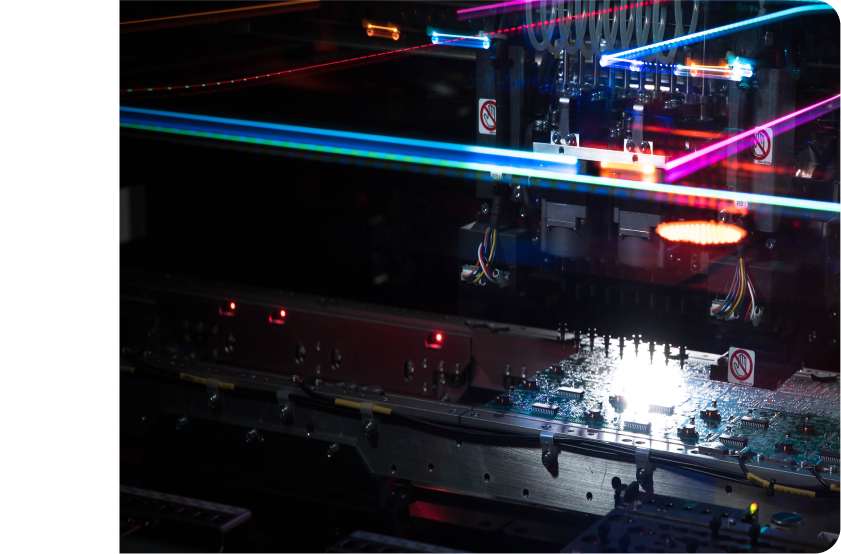
CNC stands for Computer Numerical Control, a process in which machines follow coded instructions about how to cut and shape raw materials into finished products. Instead of an operator making manual adjustments, the machine follows a precise program to remove material with cutting tools, producing consistent results across every run. This level of control is […]
Domestic PCB Manufacturing: The Benefits & Risks in 2025

Companies are reevaluating where their printed circuit boards are manufactured and shifting their focus to domestic PCB manufacturing. For teams developing aerospace technology, energy systems, or medical devices, relying on overseas suppliers can lead to delays, gaps in communication, and security concerns. Meanwhile, U.S.-based manufacturers are stepping up with faster turnarounds, tighter quality control, and […]
Conformal Coating Services: A Practical Guide
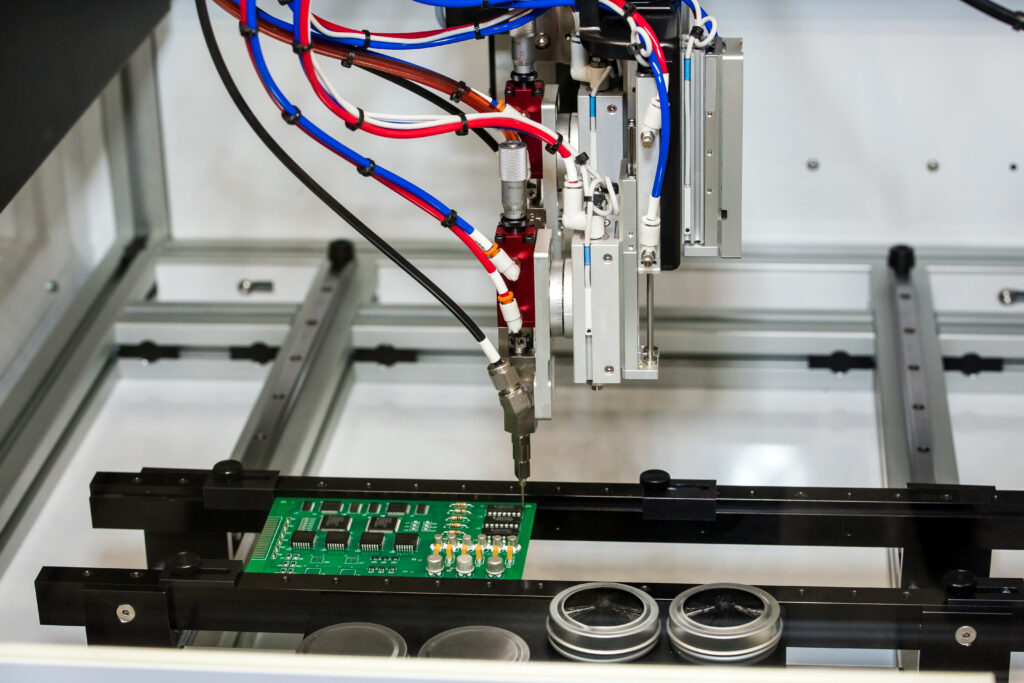
Whether you’re designing electronics for aerospace, medical, or industrial use, protecting your circuit boards from moisture, dust, chemicals, and temperature fluctuations is essential. One key method of safety is through conformal coating—a thin, non-conductive layer that shields sensitive components from environmental and mechanical stress. Applied to circuit boards to extend their operational life and functional […]
PCB Flying Probe Test: What is it and When do I need it
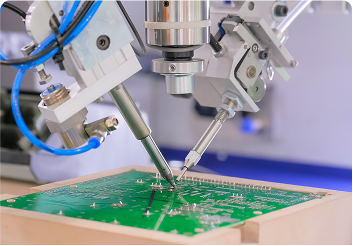
For a circuit board to pass inspection, it must undergo rigorous testing to ensure every electrical connection functions as intended. One of the most versatile tools available for testing printed circuit boards (PCBs) is the PCB flying probe test (FPT). What Is a Flying Probe Test? A flying probe test (FPT) is a method for […]
Electromechanical Assembly: A Practical Guide

Electromechanical assembly joins circuit boards, wiring, and mechanical hardware into one reliable system. It’s the quiet work that keeps satellites on orbit, robots on track, and production lines on time. When prototype runs drag on and engineers spend hours chasing preventable faults, deadlines slip and costs climb. Add unclear build specs or last‑minute surprises, and […]
PCB Box Build Assembly Services: A Complete Guide

Building a printed circuit board (PCB) is just the start. The real challenge is turning it into a fully integrated, high-quality system using PCB box build assembly services. Building a printed circuit board (PCB) is just the start. The real challenge is turning it into a fully integrated, high-quality system. Projects often stall or go […]
BGA Rework: Solving Complex Assembly Challenges

Ball Grid Array (BGA) components cannot be removed and replaced using standard repair methods. A single faulty solder joint can compromise the entire board, especially in complex, high-density assemblies. BGA rework requires precision, specialized tools, and a controlled process to avoid damaging nearby components or layers. In modern PCB manufacturing, where HDI PCBs and compact […]
Low-Volume PCB Assembly USA: Benefits
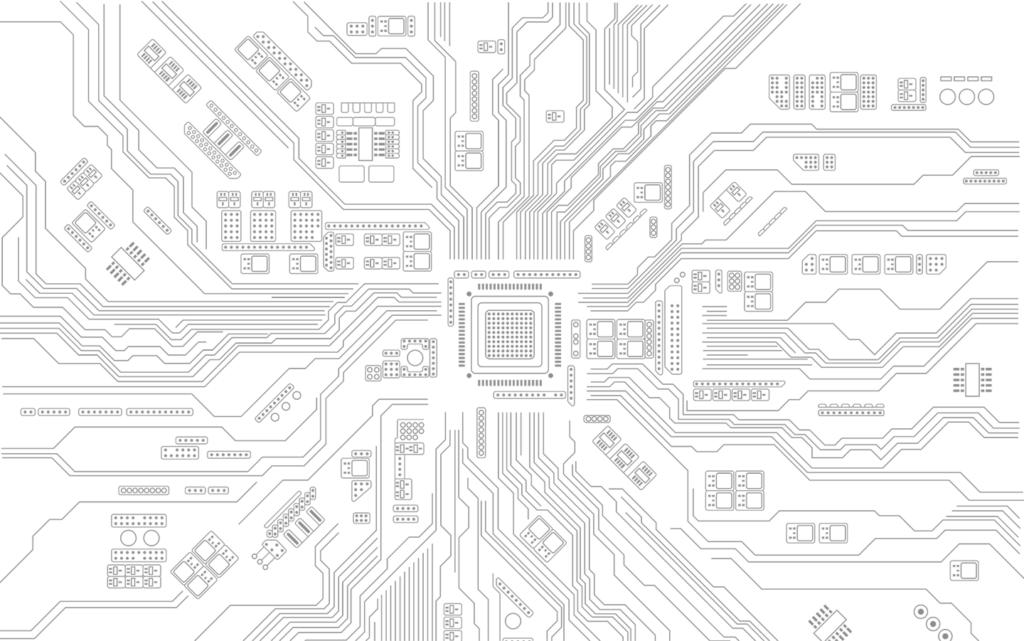
In today’s competitive electronics manufacturing environment, agility, speed, and precision are key to success. If you are creating new PCB designs or updating your products, choose a manufacturer in the USA. A company that specializes in low-volume PCB assembly usa can give you an advantage. Fast service and engineering expertise help you move from PCB […]